Advertisement
AI development is changing fast. Developers no longer want clunky systems that can only answer basic questions. Instead, they’re building smart AI agents that can think, plan, and act across multiple tools. LangChain is leading this shift. It’s not just a library—it’s a powerful framework that connects language models with memory, tools, and workflows.
Building smart AI agents with LangChain means creating systems that do more than chat. They remember past actions, make decisions, and complete real tasks like processing documents or managing data. This article explains how LangChain helps turn simple AI models into truly intelligent agents.
At its core, LangChain is built around the concept of chaining — where you connect various components like prompts, language models, APIs, and memory modules into a single, logical workflow. Think of it as a way to build pipelines that an AI agent can follow step by step. This is where the phrase "prompt chaining" comes from — linking prompt templates and outputs across stages to accomplish more than just one-off queries.
Suppose you need an AI assistant to summarize emails, extract key points, and schedule meetings. Each task involves different instructions. With LangChain, these steps connect seamlessly, enabling the AI agent to handle complex, multi-step processes efficiently while maintaining context and delivering accurate results.
The LangChain framework offers core modules that include models (like OpenAI or Hugging Face), memory (to store past conversations), chains (to define workflow steps), agents (to make decisions), and tools (like APIs or functions). This layered architecture is what makes LangChain so effective at building intelligent agents that act with clarity and context.
What separates a smart AI agent from a basic chatbot is its ability to remember past events, make decisions, and interact with other systems. LangChain handles all three with an intuitive, modular setup.
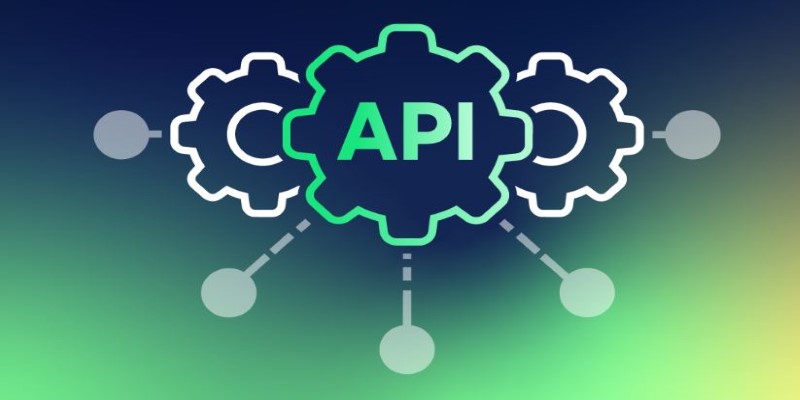
Memory is key. Without it, your agent forgets what it did a minute ago. LangChain supports various memory types, like simple conversation memory or long-term vector stores. These let the agent keep track of prior messages, plans, or facts — crucial for tasks that span more than one interaction.
The next layer is tool usage. This is where agents break the limits of language models and start acting in the real world. Tools in LangChain might include Google Search, SQL databases, document retrieval systems, or APIs. An intelligent agent doesn’t just generate text — it calls these tools when needed, based on the goal it's working toward. LangChain enables this dynamic tool invocation seamlessly.
Decision-making comes into play through LangChain's agent loop. The agent receives a task, breaks it down, chooses the right tool or action, and repeats this cycle until the task is complete. It might start by asking a user for clarification, then searching a database, summarizing a report, and finally returning the result — all without manual prompting between steps.
This kind of agent isn’t just reactive. It’s proactive, context-aware, and goal-oriented.
One of the most appealing aspects of building smart AI agents with LangChain is the flexibility to design agents for real-world tasks. Developers can craft highly specialized agents for sectors like finance, healthcare, customer support, and research. These agents go far beyond simple chat interactions — they carry out meaningful work grounded in logic and repeatable patterns.
Take document processing. You can build an agent that accepts PDF uploads, extracts specific clauses using prompt chaining, and compares them against a legal standard. Another example is a research assistant that gathers data from academic papers summarizes findings and cites sources using document retrieval tools paired with a language model.
LangChain’s support for retrieval-augmented generation (RAG) is particularly powerful here. Instead of relying only on what a model already knows, an agent can fetch up-to-date information from an external source and use it in its reasoning process.
You can also incorporate conditional logic. If a task involves checking if a user has uploaded the right documents before continuing, the agent can evaluate that condition and respond accordingly. This creates the foundation for adaptive workflows — smart agents that don’t just follow one path blindly but make choices based on inputs and outcomes.
Another powerful feature is agent scripting. This allows developers to define a strict sequence of tasks that an agent must perform. Combined with prompt chaining and memory, these agents act like mini-programs with reliable structure and clear outcomes.
LangChain's ability to mix language models, external data, and conditional behavior makes it a versatile engine for building robust AI solutions.
The future of AI agents is shifting from basic chatbots to intelligent systems that can reason, decide, and act across real-world tasks. Building smart AI agents with LangChain makes this transition possible by providing a flexible framework that connects language models with tools, memory, and multi-step workflows.
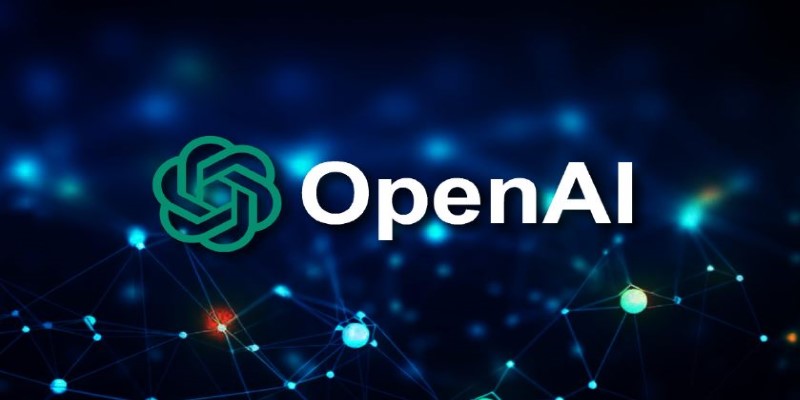
LangChain supports multiple models like OpenAI, Cohere, or Anthropic, allowing developers to avoid being locked into one ecosystem. Its modular structure lets AI agents interact with APIs, retrieve documents, query databases, and perform automated actions without manual intervention.
As businesses move toward AI-driven solutions, LangChain is becoming essential for creating agents that operate autonomously within apps, systems, and workflows. These agents go beyond answering questions — they execute tasks with purpose and efficiency.
LangChain offers a practical path forward for developers aiming to build smarter, action-oriented AI agents ready to handle complex real-world challenges.
Building smart AI agents with LangChain bridges the gap between raw language models and real-world applications. It empowers developers to create agents that reason, remember, and take meaningful action across tools and workflows. With its modular design and support for prompt chaining, LangChain simplifies the process of building intelligent systems that feel purposeful and responsive. As AI continues to evolve beyond simple chat interactions, LangChain offers a clear path for crafting agents that are practical, adaptive, and built for real tasks.
Advertisement

Need to update your database structure? Learn how to add a column in SQL using the ALTER TABLE command, with examples, constraints, and best practices explained
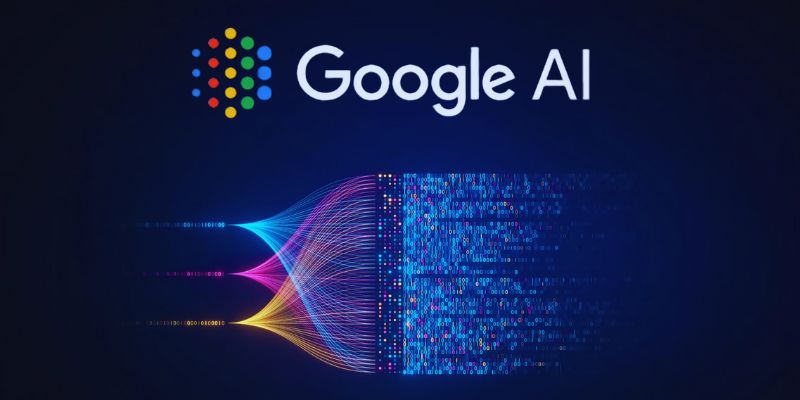
Google AI open-sourced GPipe, a neural network training library for scalable machine learning and efficient model parallelism
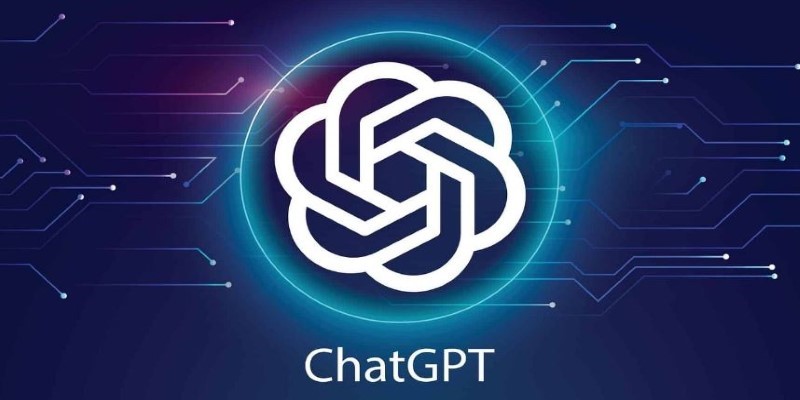
Understand the real-world coding tasks ChatGPT can’t do. From debugging to architecture, explore the AI limitations in programming that still require human insight

Gemma Scope is Google’s groundbreaking microscope for peering into AI’s thought process, helping decode complex models with unprecedented transparency and insight for developers and researchers
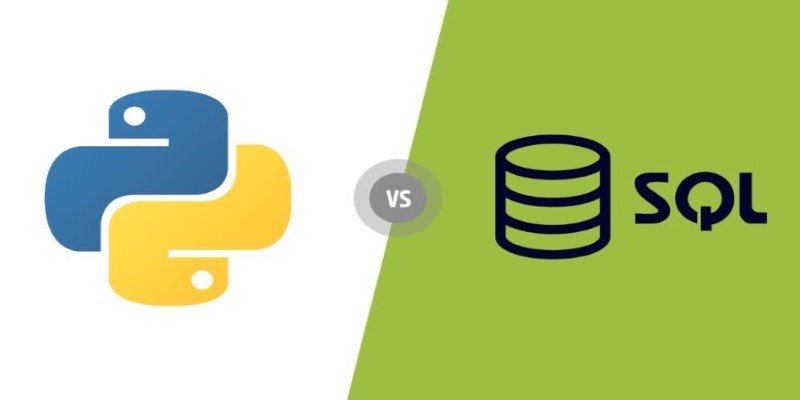
Find out the key differences between SQL and Python to help you choose the best language for your data projects. Learn their strengths, use cases, and how they work together effectively

Confused between Data Science vs. Computer Science? Discover the real differences, skills required, and career opportunities in both fields with this comprehensive guide

Looking for the best Airflow Alternatives for Data Orchestration? Explore modern tools that simplify data pipeline management, improve scalability, and support cloud-native workflows

Find out the Top 6 Humanoid Robots in 2025 that are transforming industries and redefining human-machine interaction. Discover how these advanced AI-powered robots are shaping the future of automation, customer service, and healthcare

Gen Z embraces AI in college but demands fair use, equal access, transparency, and ethical education for a balanced future

Accessing Mistral NeMo opens the door to next-generation AI tools, offering advanced features, practical applications, and ethical implications for businesses looking to leverage powerful AI solutions

Few-Shot Prompting is a smart method in Language Model Prompting that guides AI using a handful of examples. Learn how this technique boosts performance and precision in AI tasks

What Levenshtein Distance is and how it powers AI applications through string similarity, error correction, and fuzzy matching in natural language processing